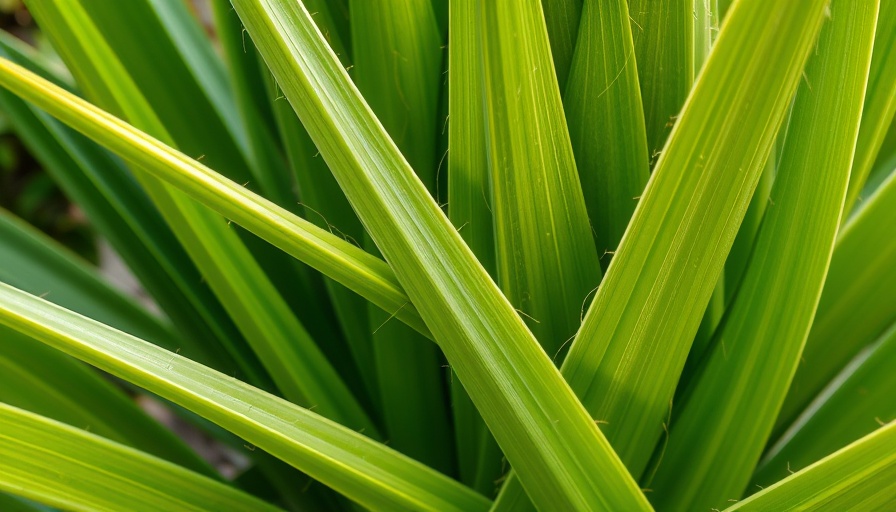
Why You Might Want to Remove Yucca from Your Garden
Yucca plants can bring an exotic flair to your garden, but they aren’t always the best fit. You might find yourself needing to remove them if they become infested with pests, suffer from diseases, or simply outgrow their welcome. When left unchecked, these hardy plants can pose a hazard due to their sharp, pointed leaves, especially if they are located near walkways or play areas. Sometimes, a healthy yucca might need to be relocated simply because it clashes with your landscape design or is situated in a less-than-ideal spot.
The Challenge of Yucca Removal
Unlike many garden plants, yucca species are resilient and equipped with extensive root systems designed to survive harsh conditions. This means that removing them can be less straightforward than merely cutting them down. If any portion of the root remains in the ground, you could be faced with regrowth in the subsequent season. Understanding how to remove yucca properly is crucial to avoid this frustration.
A Step-by-Step Guide to Successfully Remove Yucca
Removing yucca plants involves some methodical steps to ensure the root system is completely eradicated:
- Cut Back the Top Growth: Before tackling roots, you’ll need to cut back the aboveground foliage. Depending on the species, tools might include pruning shears for smaller varieties or a saw for tree-like types. Make sure your tools are sharp to make clean cuts.
- Dig Up the Roots: Once the top growth is removed, use a shovel or spade to begin excavating the roots from the soil. This can be labor-intensive, but it is vital to get as much of the root system as possible.
- Dispose Properly: Once you have removed the roots, consider how to dispose of them. Composting can be an option, but be sure to avoid composting any parts that may regrow.
Preventing Regrowth: What You Need to Know
Even after putting in the effort to remove yucca, lingering roots can still lead to new shoots emerging later. To ensure that yucca doesn’t reclaim its space, you can:
- Monitor the Area: Regularly check the spot where yucca was previously located for any signs of regrowth.
- Consider Organic Herbicide: If you notice any new growth, applying a targeted organic herbicide may help to eliminate sprouts without affecting your other garden plants.
Alternative Landscaping Ideas without Yucca
Once you've successfully bid farewell to your yucca plants, consider alternative greenery that might be more suitable for your garden. Options could include:
- Ornamental Grasses: These tend to complement various landscapes and can offer a similar dramatic effect.
- Flowering Perennials: Choose colorful flowering plants that thrive in your specific climates, such as Black-eyed Susans or Echinacea, to provide vibrant color.
- Native Plants: Incorporating native species can support local wildlife while ensuring that your garden is easier to maintain.
Final Thoughts and Prevention Tips
Removing yucca from your landscape can open up new opportunities for design and plant selection. Remember, a vibrant garden reflects not only your tastes but also how well the plants suit their environment. Taking time to assess your landscape before planting new flora can save you work and ensure a thriving garden.
 Add Row
Add Row  Add
Add 




Write A Comment